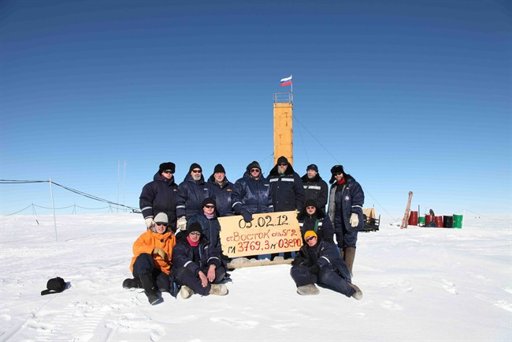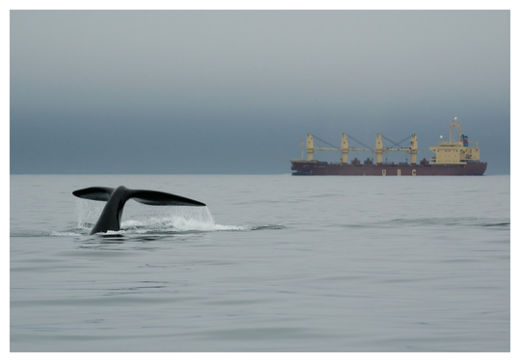
© Life's Little Mysteries
If Italian inventor Andrea Rossi's cold fusion machine, called the E-Cat, really works, then the world's energy problems are all but solved. Rossi claims that a small amount of input energy drives a fusion reaction between hydrogen and nickel atoms inside his machine, producing an outpouring of surplus heat that can be used to generate electricity. And instead of the nasty radioactive byproducts given off by nuclear fission reactors - think Fukushima or Chernobyl - the E-Cat spits out just a teaspoon of copper.
In the past year, at least 15 reputable scientists have watched live demonstrations of Rossi's E-Cat (short for Energy Catalyzer) and have declared it to be a success. Government documents reveal that NASA scientists have discussed the E-Cat extensively in meetings, and in December,
Rossi even visited a senator in Massachusetts to explore the possibility of opening an energy plant in the state. The E-Cat is fast becoming an international star. But most scientists couldn't raise their eyebrows any higher, and now, an Australian engineer has provided an alternative explanation for where all the E-Cat's excess heat is coming from, and how Rossi is possibly scamming the world.
Cold fusion - the term for stable atoms fusing together at room temperature - is ruled out by the laws of physics. Those laws say it takes a huge amount of energy to push atoms close enough together for them to fuse, and so nuclear fusion can happen only in scorching hot places like the sun. But two decades ago, a pair of scientists, puzzled by the results of an experiment, thought they were observing nuclear fusion at room temperature. Ever since, fringe scientists have been trying to harness the physics-defying effect they called cold fusion. They've kept at it despite the fact that the original experiment turned out to be flawed.
The E-Cat has gone further into mainstream acceptance than any attempted cold fusion machine before it. Though Rossi doesn't let anyone look under the E-Cat's hood, claiming the technology isn't patent-protected, he invites scientists and investors to staged demonstrations. After a demo last April, for example, a pair of Swedish physicists vouched for Rossi's work, reporting that the E-Cat produced too much excess heat to have been originating from a chemical process, and that "the only alternative explanation is that there is some kind of a nuclear process that gives rise to the measured energy production." According to their report, 400 watts was put into the machine, and this appeared to catalyze a mysterious reaction, and in the process, generate 12,400 watts of energy that slowly poured out of the machine over the next two hours.
And therein lies the alleged scam.



